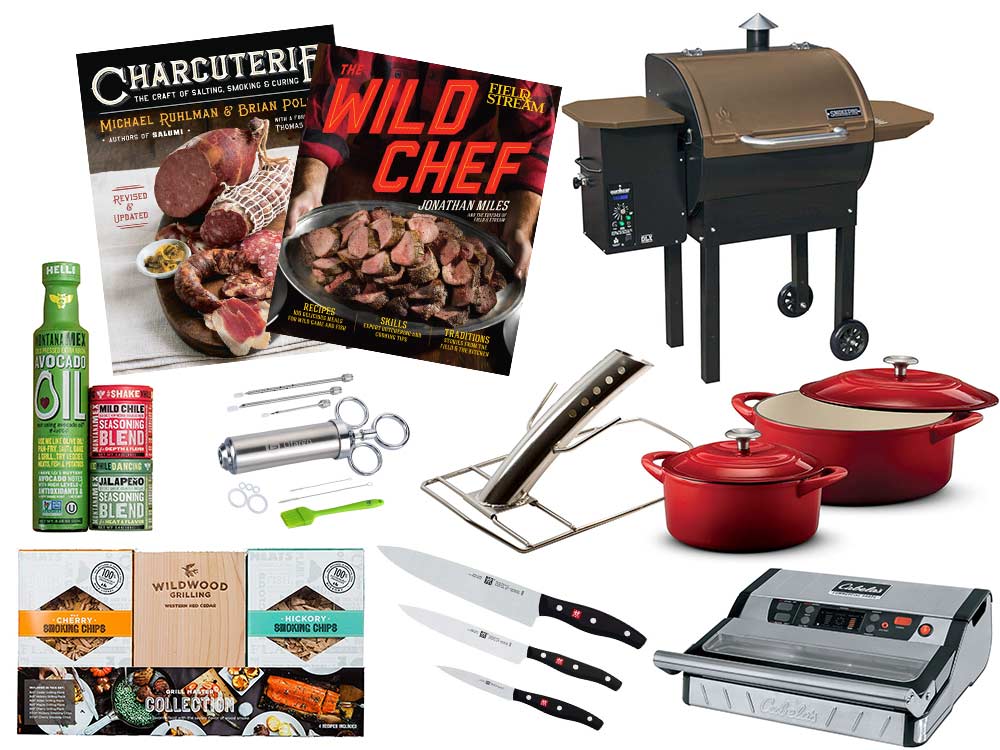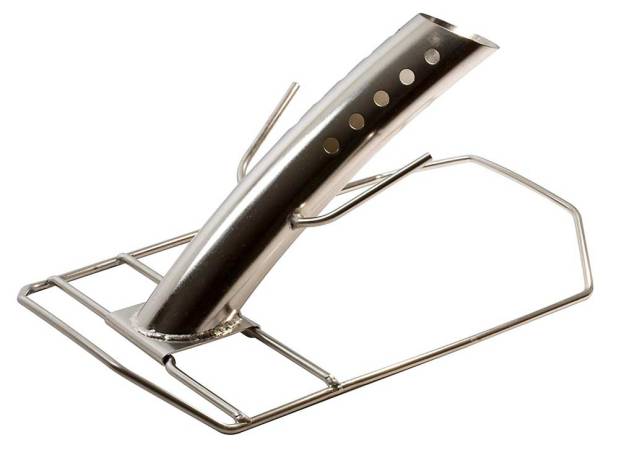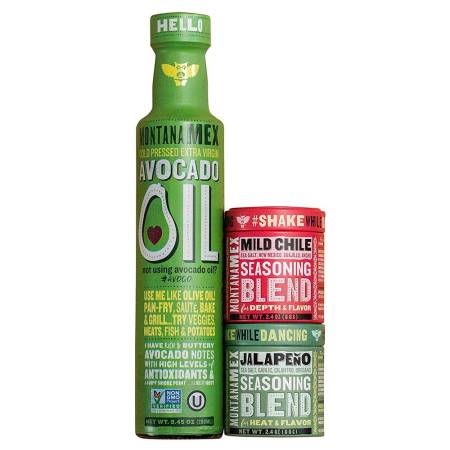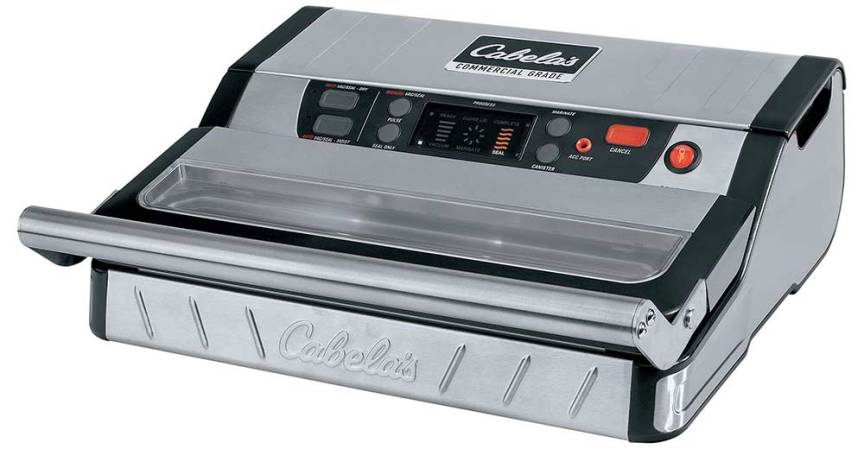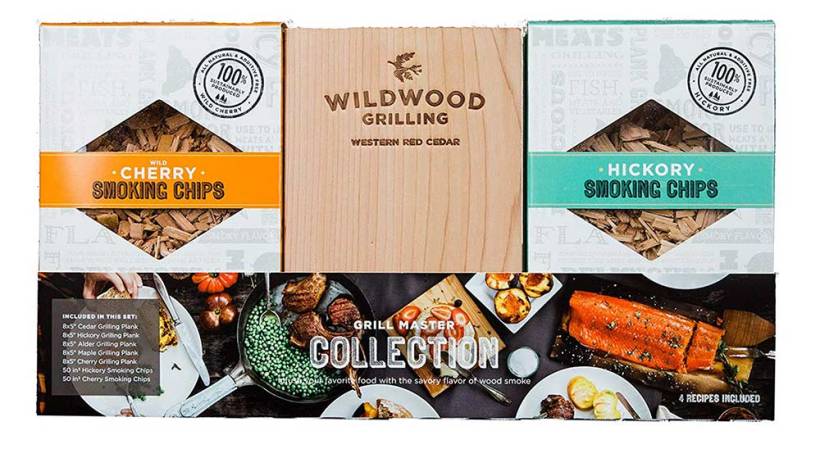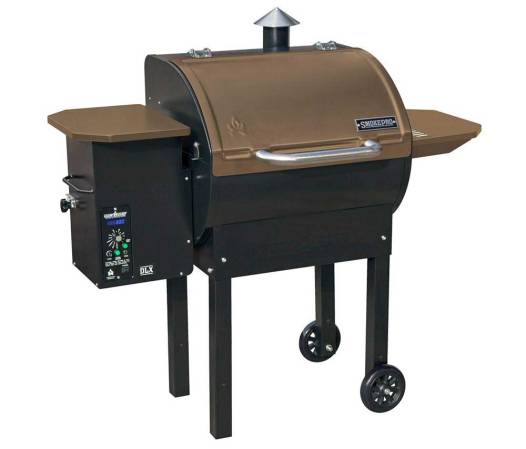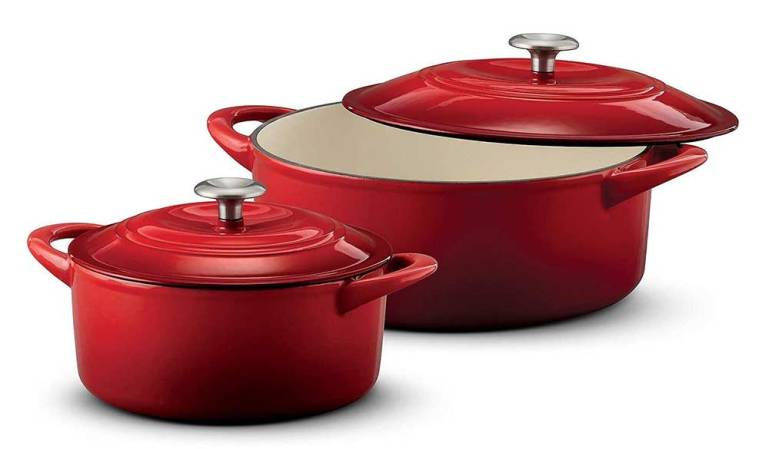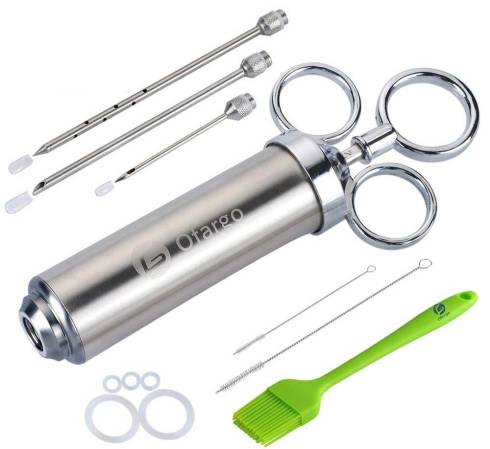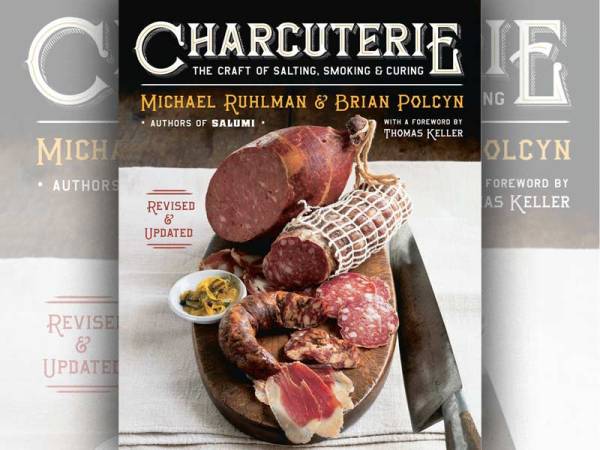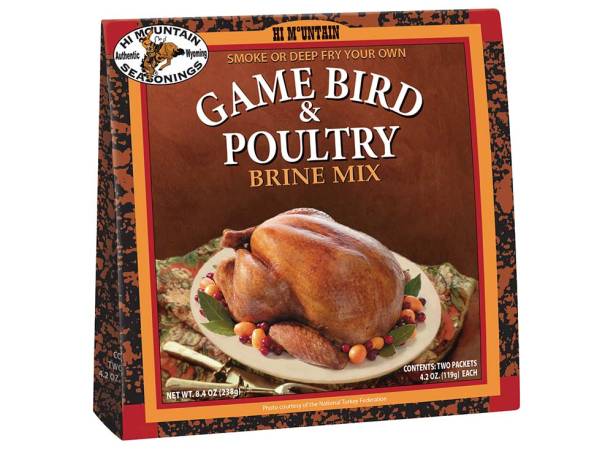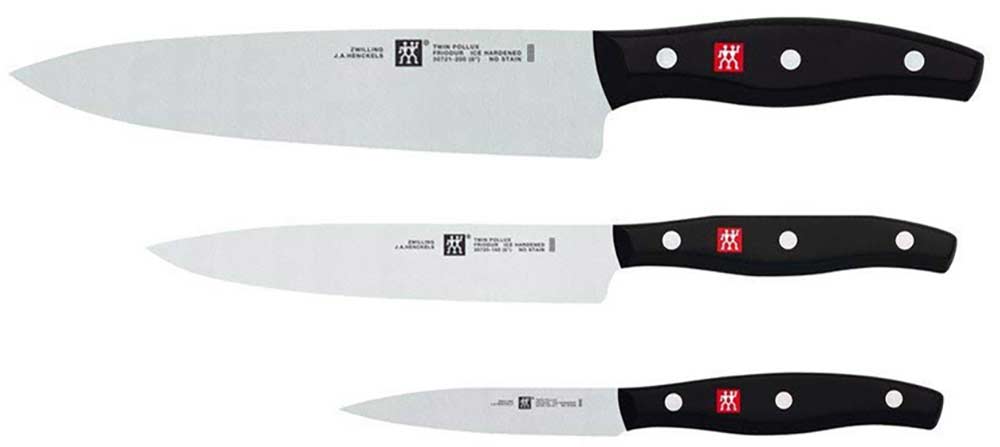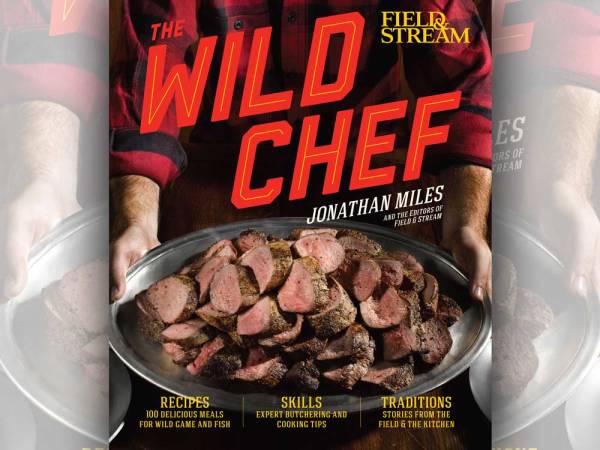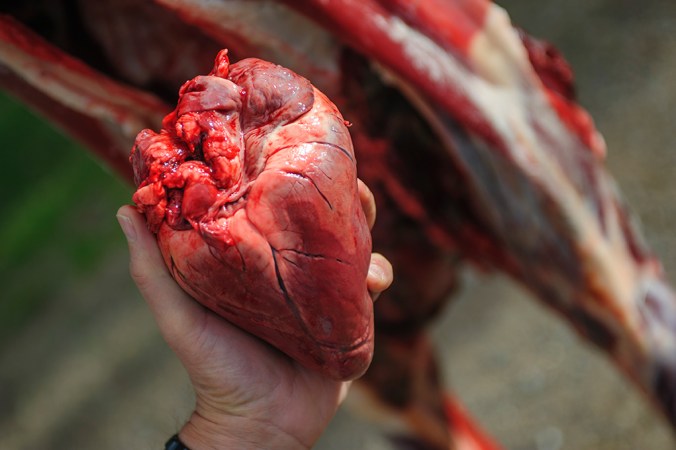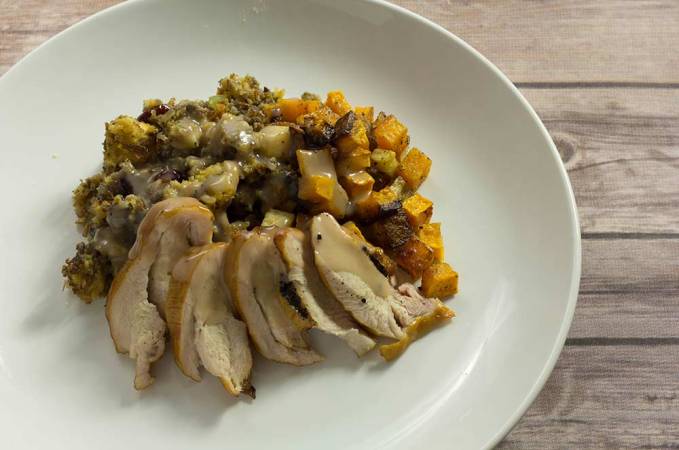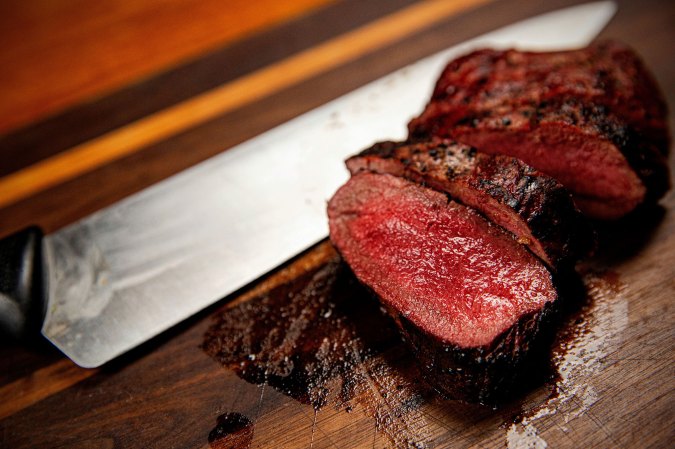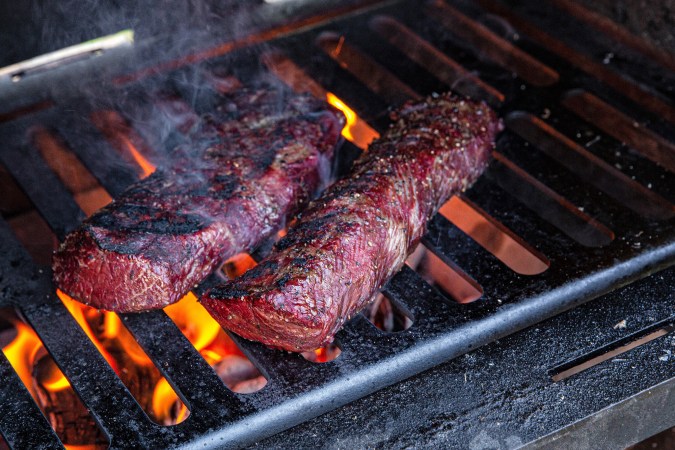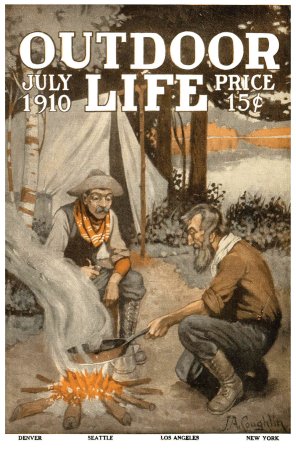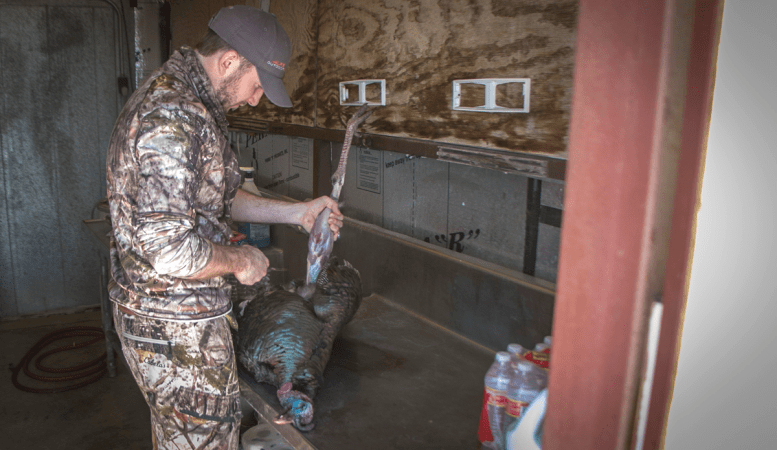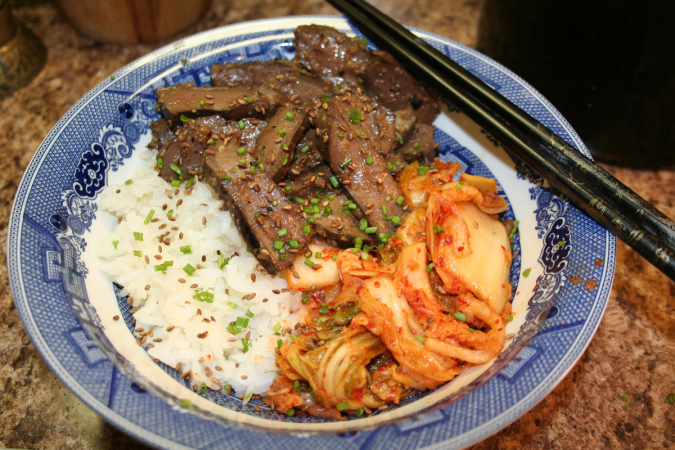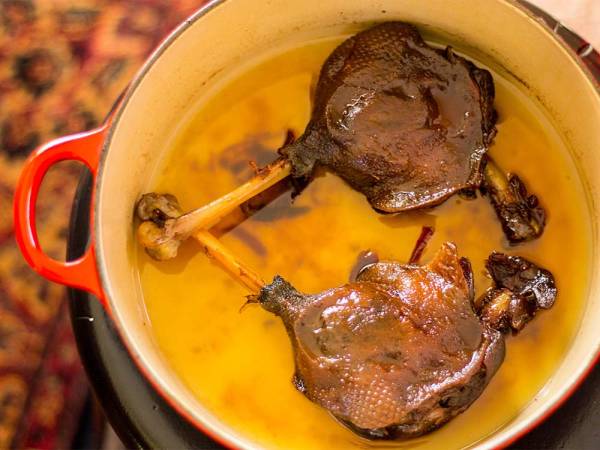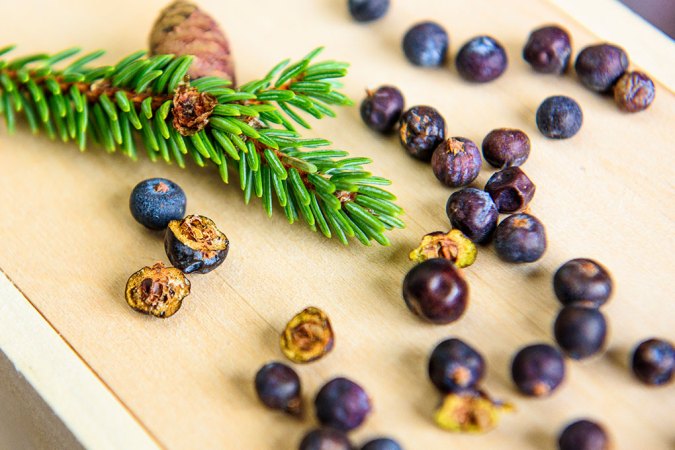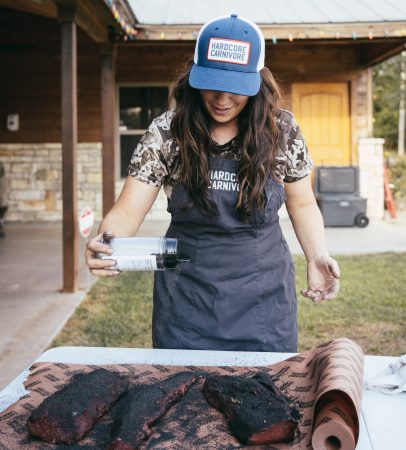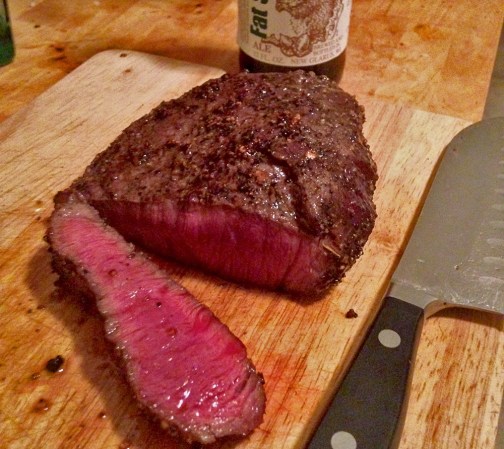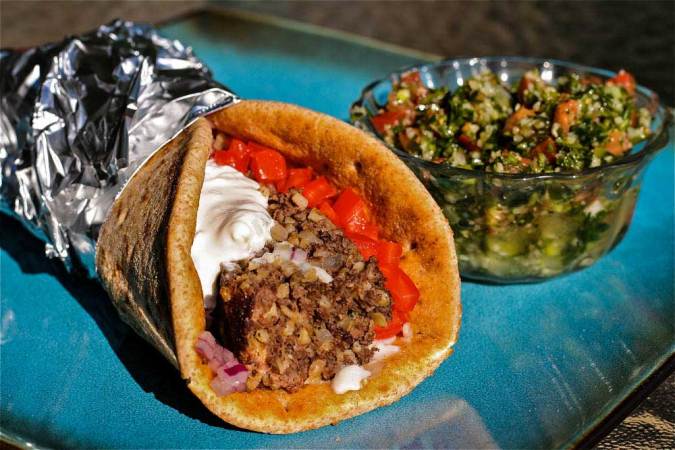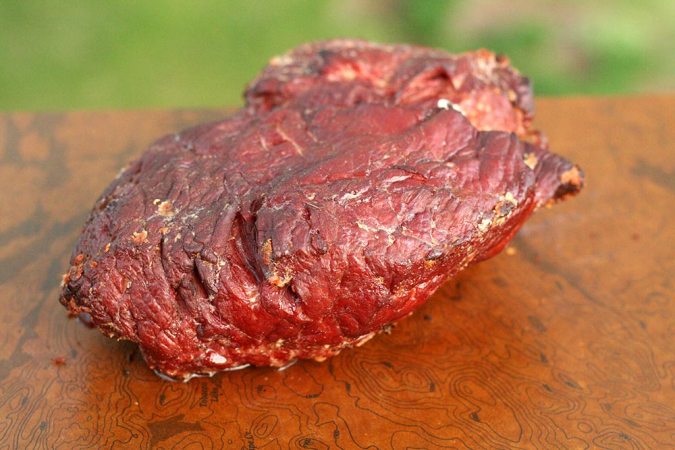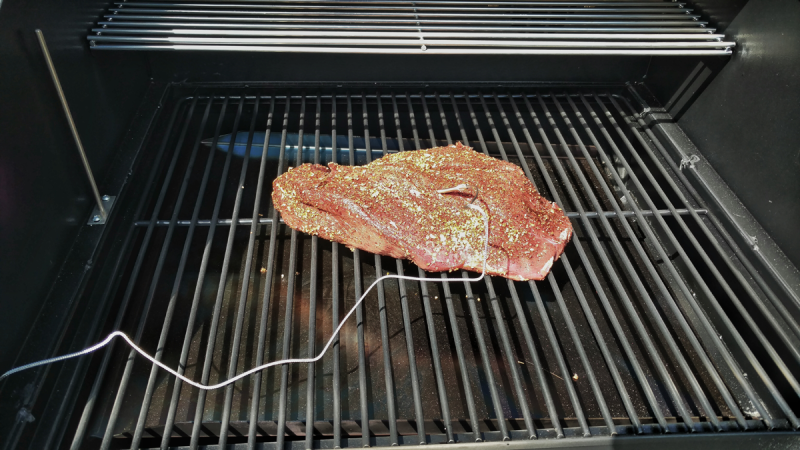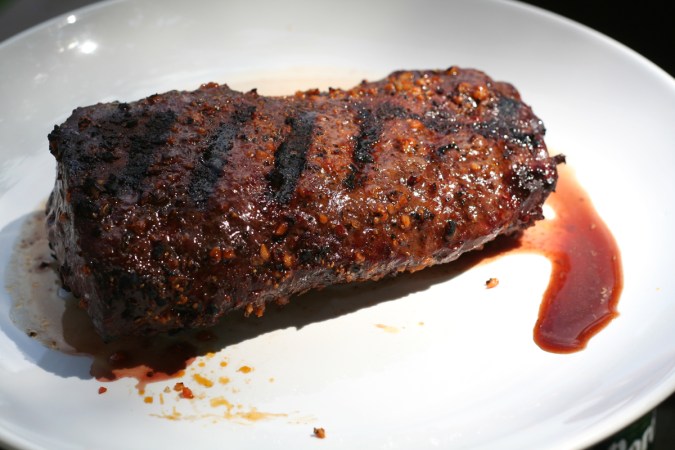Honestly, I never had much interest in cooking until I began hunting on my own. Even though my father wasn’t looking over my shoulder while I field dressed a deer or butchered quarters into useable cuts, I went to great lengths to make sure I did everything I could to safeguard meat in the field. It didn’t take long for me to realize I should duplicate that level of care and attention with the same meat in the kitchen. Since then, my friends and I have tried and tested a number of grills, rubs, spices, sauces, and recipes—a few worked terrific, and a few did not. Here’s a short list of new and old items that continue to work terrific, and will help you make the most of whatever you’re preparing from the field for your table.
If you’ve ever cooked a chicken with a beer can stuffed inside the body cavity, you know what a difference a little moisture and flavor can make to white meat. Camp Chef leveraged the same concept into their Cannon Infusion Roaster, but instead of being limited to beer, you can fill the cylinder with water, fruit juice, wine, beer, garlic, apples, potatoes, or a concoction you mix on your own. Skewers on each side of the cylinder hold and elevate the bird so it gets a nice, even cook on all sides, and cuts down on cooking time. It’s made of stainless steel, is easy to clean, holds birds as heavy as 18 pounds, and works on grills or inside conventional ovens. Price: $25
My wife and I love to experiment with new recipes and new ingredients when cooking wild game. Early last spring, we tried some samples from Montana Mex and were amazed. After spending 10 years as a personal chef for celebrities and billionaires, Chef Eduardo Garcia returned home to Montana and created a lineup up of oils and spices that blended some of his favorite flavors from around the world, with a few from his home state. We’ve tried the sauces and spices on fish, venison, upland birds, elk, and even our breakfast eggs and we’ve never been disappointed.
Before vacuum sealers became a reliable, affordable alterative to butcher paper and Ziploc freezer bags, I lost more fish and game meat to freezer burn than I care to remember. If you care about your meat, then a vacuum sealer, like the 12-inch Commercial Grade Vacuum Sealer from Cabela’s, is well worth the investment. This stainless steel unit has a built-in bag storage, a bag cutter, and the lock-down handle seals and welds the bags shut. What’s more, the heating strip is designed to cool quickly when not engaged, so you spend less time waiting to seal between packages. While it might seem like a lot of money to spend on plastic packaging, if you care about preserving your catch or harvest, it’s certainly worth it in the long run.
A few years ago, a friend went on and on about how he grilled a wild salmon fillet on a cedar board and it added a smoky flavor that was just out of this world. Naturally, I had to taste for myself, and he was right. Since then I’ve used different wood types with different cuts of wild game and found some unique combinations. Wildwood is a small company in northern Idaho that has set the bar when it comes to this style of cooking. If you’ve ever wanted to “experiment” to see how different wood types can change the way fish, fowl, seafood, or even vegetables taste, their sampler pack is a great way to get that smoker flavor from a propane grill. Included are one cedar, alder, cherry, hickory, and maple plank and a box of hickory and cherry smoking wood chips.
I’m hard pressed to think of a single item that has not only changed the way I prepare wild game, but also food in general, than my pellet grill. Before it, I had no idea so many dishes I prepared were dry and flat. After a short learning curve on the art of slow cooking with smoke, my meats are now juicier and full of flavor, and I am a stickler for that soft pink layer just under the meat’s surface that tells me it’s smoked just right. If the smoking process intimidates you, don’t worry. This grill has a digital temperature readout, an easy to clean ash reservoir, a valve to purge the hopper when you want to change pellets, and comes with instructions and recipes that make it tough to ruin a meal.
They’re heavy and sometimes tough to pack around, but food prepared in well-seasoned cast iron cookware has a flavor all its own. That reason, and the fact cast iron is easy to clean, is why it’s one of the most popular tools in many camp kitchens. What’s great about enameled cast iron is it allows you to essentially bring that outdoor style of cooking, inside, either on the stove or in the oven. Once seasoned, an enameled Dutch oven performs just like any other slow cooker by sealing in the heat and moisture. Translation—the meat in your wild game stew is tender and juicy, and your beans and bacon or venison chili will be thick and rich, not soupy and bland.
Marinades, whether they’re made from scratch or pulled from a grocery shelf, are one of the most popular and easiest ways to give meats like venison or elk a flavor all their own, and mask any possible “gamey” taste some people notice. Leave some meat in a sauce for a few hours or overnight and its soaks in the liquid like a sponge. But another great way to help a marinade permeate the outer layer of meat is with an injector. Used correctly, an injector can implant a marinade much deeper into the meat compared to simply soaking it up. They’re easy to use and clean, and open up all sorts of options when it comes to preparing wild game.
The great thing about wild game is you can use it as a substitute for meats like chicken or beef in just about any recipe. But first, you need to have a recipe, and if you need a place to start, Michael Ruhlman’s book is for you. Jamie Carlson, contributor for Outdoor Life‘s The Cast Iron Chef column, says Ruhlman’s book has been one of his favorite resources for a long time. “I think it is one of the most valuable books I own when it comes to cooking. The variety of sausages and other recipes is terrific, and you can easily substitute wild game for any of them. I feel like every hunter should own this book.”
The first time I brined a bird was years ago when I soaked our family’s Thanksgiving turkey for 24 hours before basting and baking it in a roasting oven. It tasted amazing, so I began applying the same process to upland game birds. These days it’s a holiday tradition to brine a few whole pheasants, smoke them, and then pick at the breasts with a fork until the meat flakes and fits atop a cracker and thin cut of smoked Gouda. I’ve experimented with different brine mixtures, but I always come back to Hi Mountain’s Game Bird & Poultry mix. It’s got a great flavor that isn’t overly salty like so many other brines, and it’s hard to find a better deal than 2 packets for under $10.
It doesn’t matter what meal you’re preparing in the kitchen—a good (sharp) knife goes a long way. But with so many different blade designs and materials, it’s sometimes tough to know which one will serve your needs best. This 3-piece set from J.A. Henckels, one of the most revered names in kitchen cutlery, will help you tackle nearly every basic need you’ll have when preparing wild game. The full-tang blades are made of high-carbon steel, which holds its edge well after sharpening and doesn’t rust, and the handles are slightly curved for a better pinch grip when cutting.
Jonathan Miles, the long-time author of Field & Stream‘s Wild Chef column, has been creating wild game meals since long before it became trendy. In this book, he explains his techniques for cooking wild game and the details for preparing over 130 of his favorite recipes, and it’s all organized according to the seasons of the year. In the section on fall, for example, there are recipes for venison, rabbit, and quail. For spring, there are instructions for cooking trout, turkey, and morel mushrooms. It’s a great book if you want a broad introduction to wild game cooking, or you’re looking for a gift for someone else who’s eager to learn.
